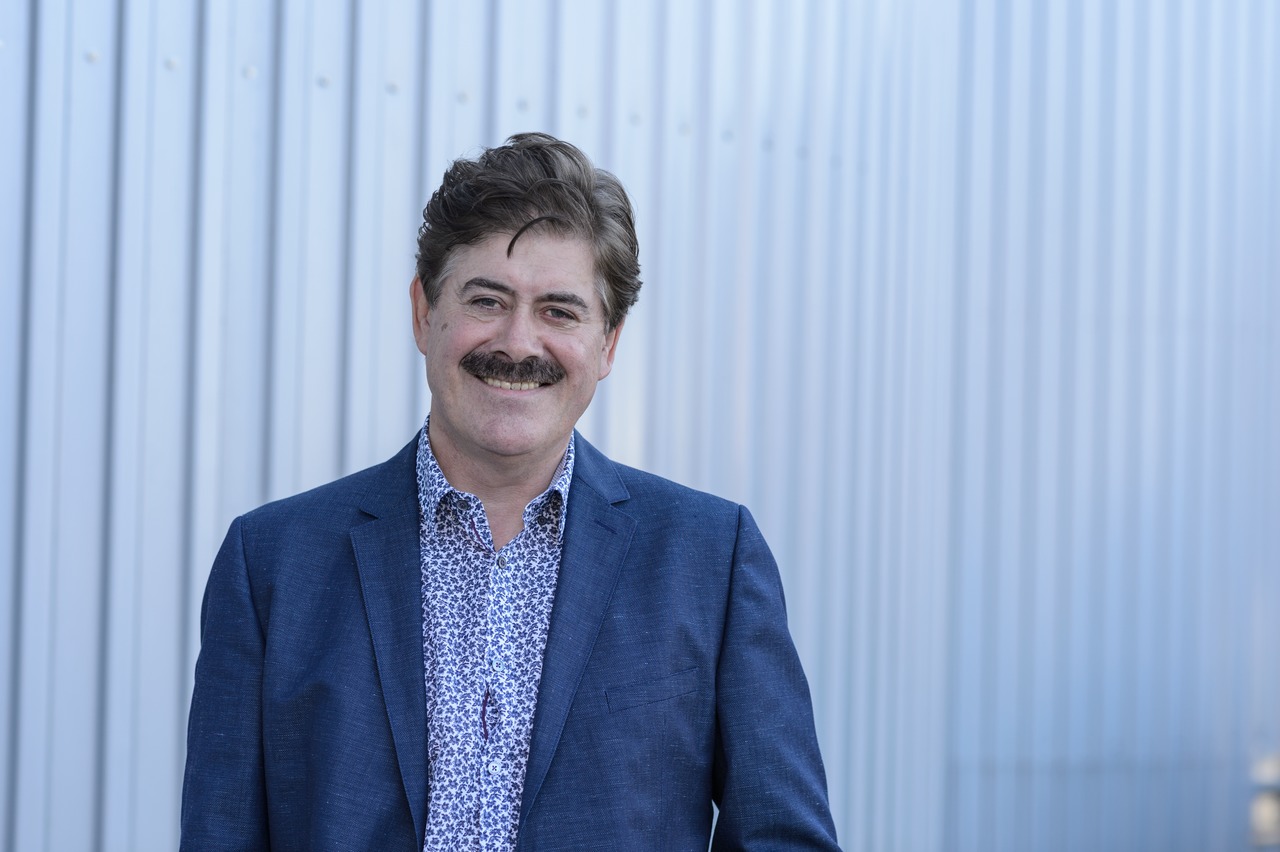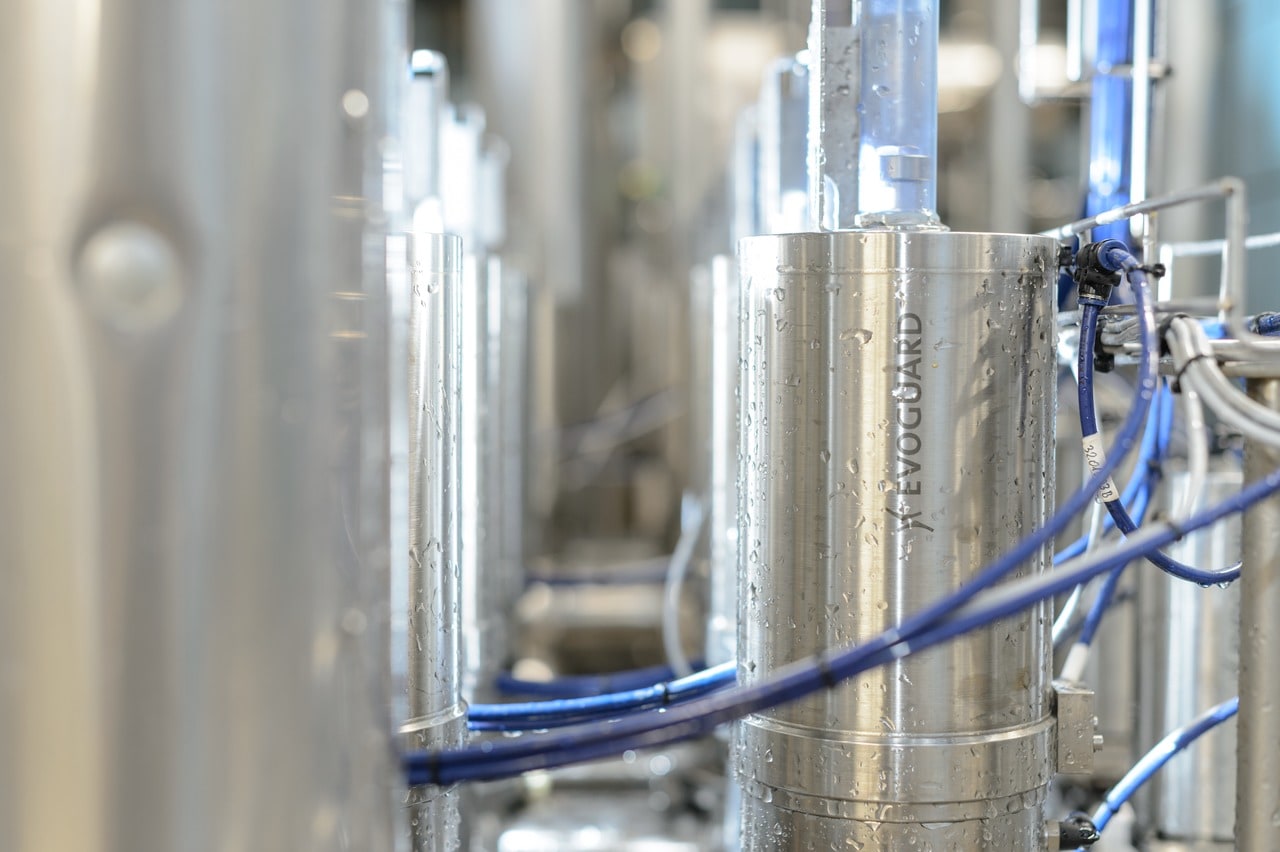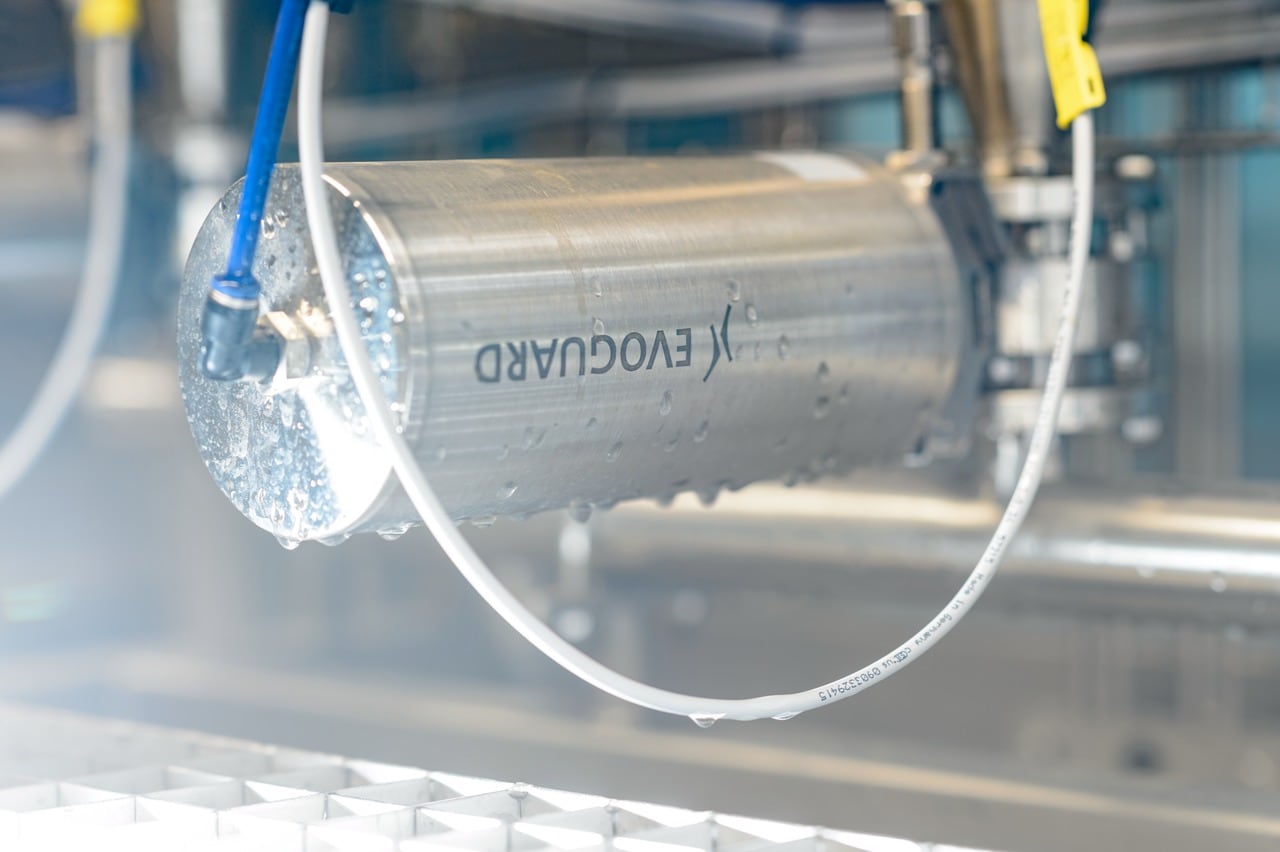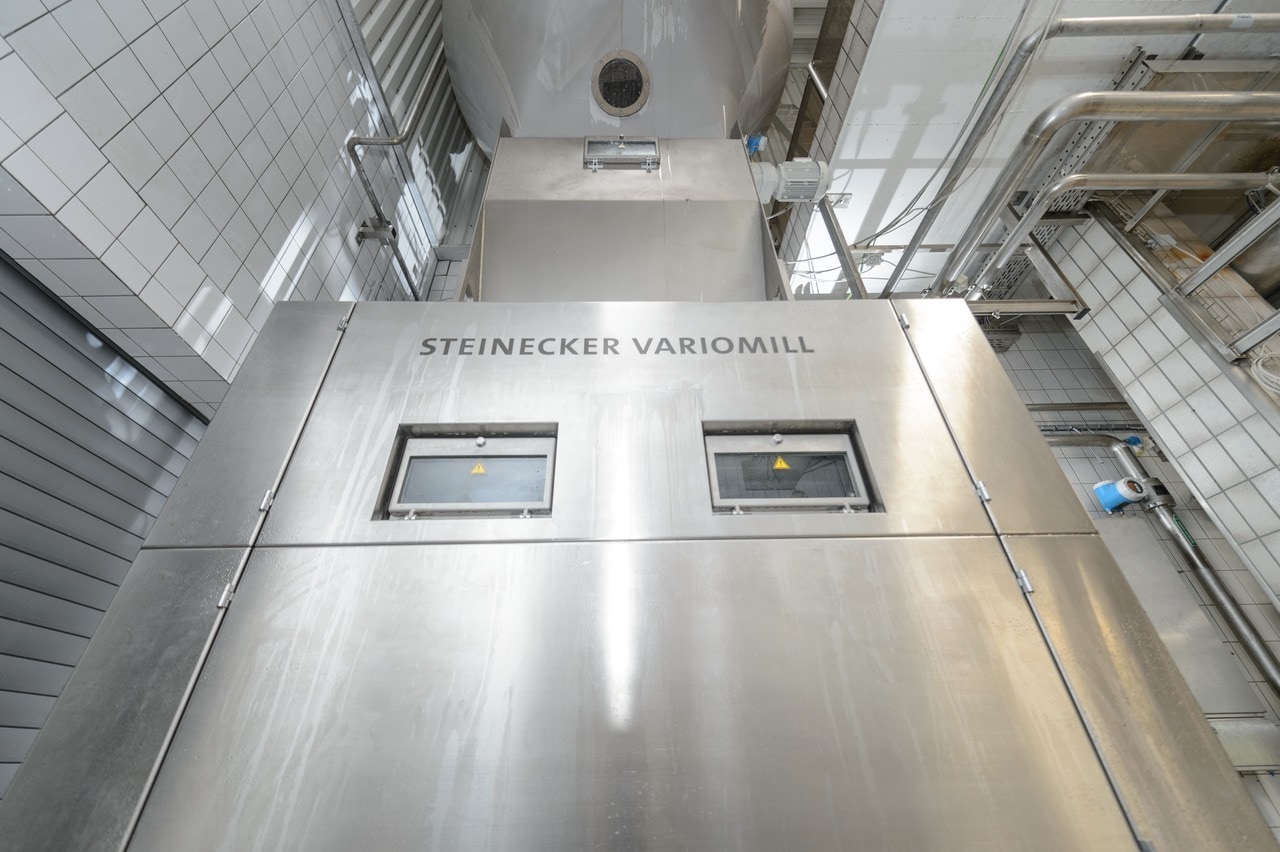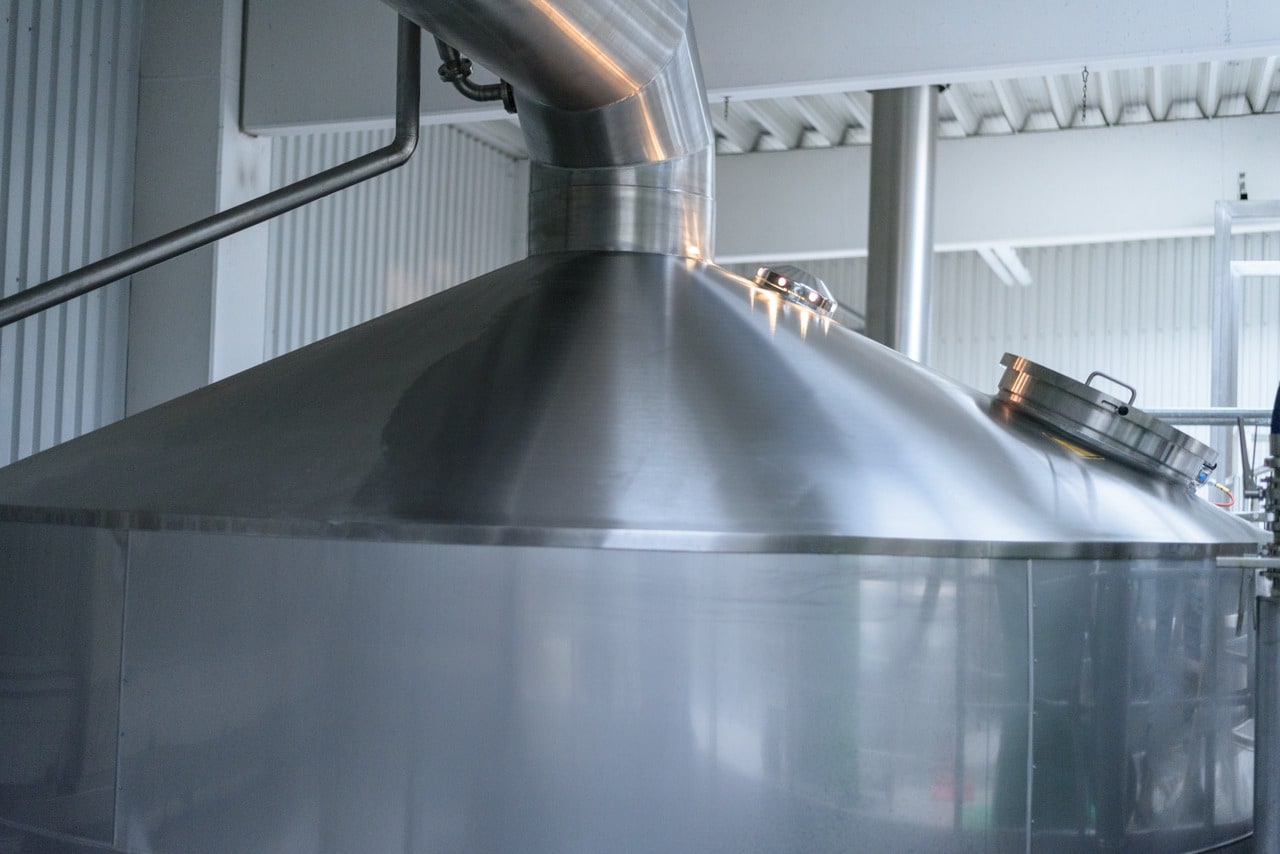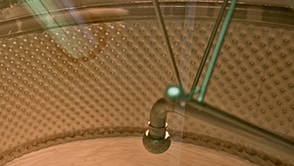“Et bliev nix wie et wor” (“Nothing stays as it was”): that’s the wording of Article 5 in the Kölsch Constitution, a compilation of eleven idioms in the local dialect.
And that also applies to the Cologne-based brewery Privatbrauerei Gaffel: capacities in its previous inner-city facility were exhausted – more space was urgently required. Needless to say, the family-managed brewery wanted to keep its independence and continue to produce efficiently. So Gaffel took a bold step towards an auspicious future – and merged its two breweries into a single plant.
Since 1908, it had been brewing its traditional Gaffel-Kölsch right in the heart of Cologne’s inner city, just a stone’s throw away from Cologne Cathedral. And in 1998, it then took over the Richmodis-Brauerei in the suburb of Porz-Gremberghoven. Kegs and “Pittermännchen” (10-litre Kölsch barrels), moreover, are filled in Cologne’s northern Bilderstöckchen district.
But it was precisely this inner-city location that entailed a few problems. So there was only one logical consequence for Gaffel: to merge its three facilities into one in the medium term. The premises of what used to be the Richmodis Brewery were downright predestined for this plan.
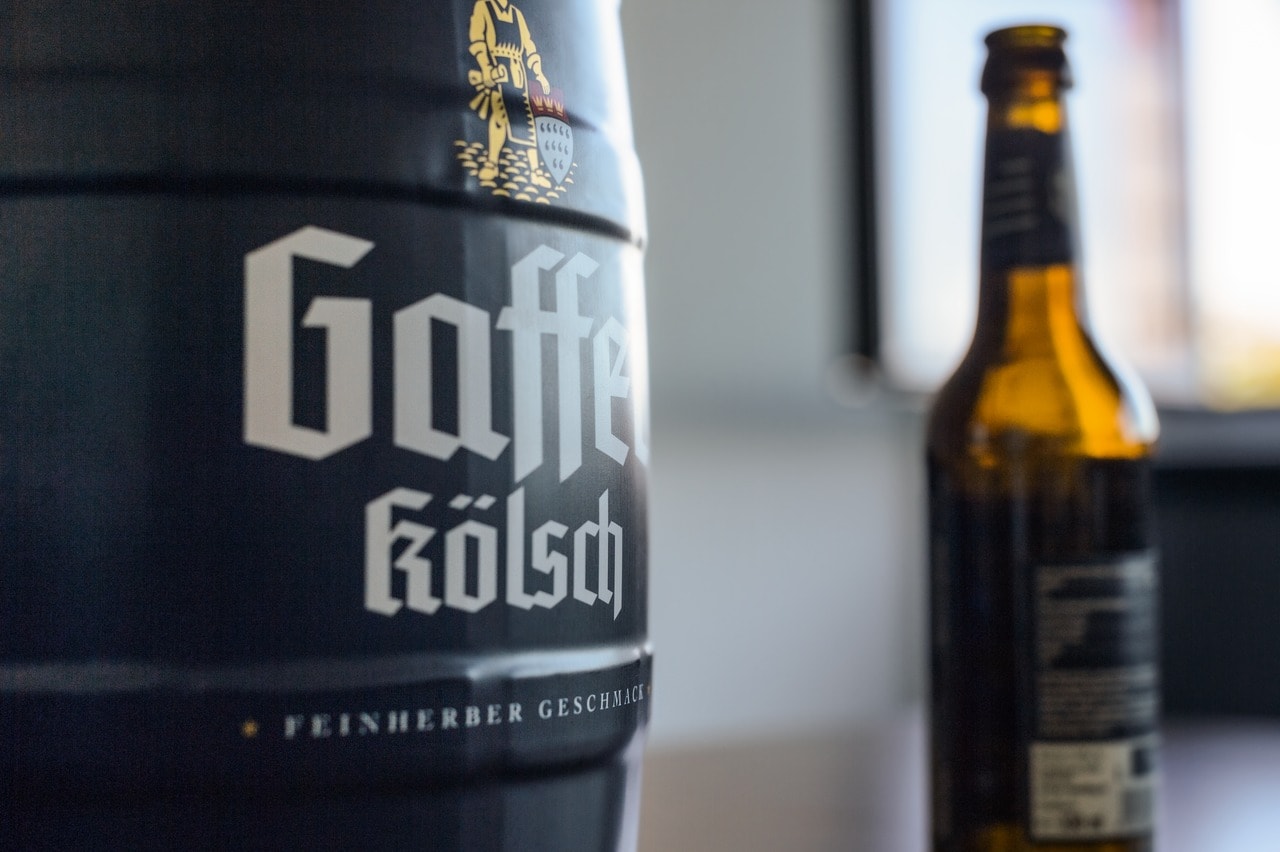
Turnkey solution
No sooner said than done. Back in 2012, Gaffel had already started to make plans for the relocation, put it out to tender in the normal way among the vendors of brewery process technology – and in the end opted for Krones. “It was not really the most favourable quotation but it definitely was the best overall technical solution,” says Reiner Radke, Technology and Logistics Director, and emphasises a few major points in addition: “We’re largely using Evoguard double-seat valves throughout our production operation. These are substantially smaller than competitors’ models, and all the components can be replaced without having to use special tools. Similar considerations apply for the Evoguard pumps, which additionally consume less energy than comparable units. What’s more, our staff were already familiar with Krones equipment: the existing Richmodis brewhouse was from Steinecker, and in our Eigelstein facility we’d already been using the Botec F1 process control system with integrated Siemens-S7 technology.”
So Gaffel placed an order with Krones for a turnkey solution, except for the new boiler house, which the brewery installed itself.
Old and new combined
Kit already installed in the Richmodis Brewery
- Three-kettle Steinecker brewhouse with
- combined mash tun-wort copper àmodified into a wort copper
- lauter tun à optimised
- whirlpool à optimised - Lautered-wort heater
- Wort cooler
- Already installed in parts: CIP system in the brewhouse
New kit supplied by Krones
- Malting system
- Variomill wet mill
- ShakesBeer mash kettle
- Stromboli wort boiling system
- EquiTherm energy recovery system
- Energy storage tank
- Spent grains system
- Hop-supply system
The new five-kettle brewing line
- produces up to nine brews a day, with 320 hectolitres of cold wort each.
- increases the brewery’s annual capacity from 500,000 hectolitres to 650,000 hectolitres.
- is run five days a week round the clock.
- achieves an evaporation rate of under four per cent (by way of comparison: that used to be more than ten per cent).
35 per cent less thermal energy
As far as energy savings were concerned, particularly, the new brewhouse provided Gaffel with quite a few advantages:
- The decision taken in favour of the EquiTherm energy recovery system made a crucial contribution towards reducing energy consumption at Gaffel’s new brewery – down by around 35 per cent for thermal energy and by about 30 per cent for electricity, in each case referenced to one hectolitre. “Our energy-utilisation figures are in equilibrium: all of the thermal energy we’re producing is also consumed. At the same time, the technical outlay required to achieve this was manageable”, explains Rainer Radke.
- The new boiler house likewise makes its contribution towards saving energy: it was possible to almost halve the previous figure for steam consumption of around ten tons of steam per hour.
- Gaffel can now use solely natural gas, which is usually more affordable.
- What’s more, the central CIP system has a positive effect on energy consumption. Its centralisation, separated for unfiltrate and filtrate, has made for a reduction in the range of cleaning agents and disinfectants required
In terms of energy-efficiency, the EquiTherm is second to none. What’s more, the thermal impact on the mash during heat-up is small.
Reiner Radke
Fermentation and storage cellar expanded
Gaffel likewise had its capacities for bright-beer, fermentation and storage tanks expanded by Krones in one go. In its old facility, the brewery had still worked with open fermentation and bitter foam on the green beer wort. It is now changing over to the two-tank fermentation process in cylindro-conical tanks. Needless to say, the brewery wanted to keep the high quality standards at their excellent levels. And the sampling tests proved that this had actually been achieved: “The customers didn’t even notice that we’d relocated – they were able to continue to relish the excellent taste of Gaffel-Kölsch that they’d been used to,” explains Reiner Radke. “We supplied the 2016 Cologne carnival season still from the old brewery. After that, we discontinued production there, relocated the filtration system to the new brewery, and started production here more or less seamlessly – without having to blend old beer stocks with freshly brewed beer.” And taking delivery of the new tanks likewise went off without a hitch. “The new cylindro-conical tanks are about 22 metres high and six metres in diameter. That was the maximum size we were able to transport from the banks of the Rhine through Cologne – but it worked,” explains Reiner Radke.
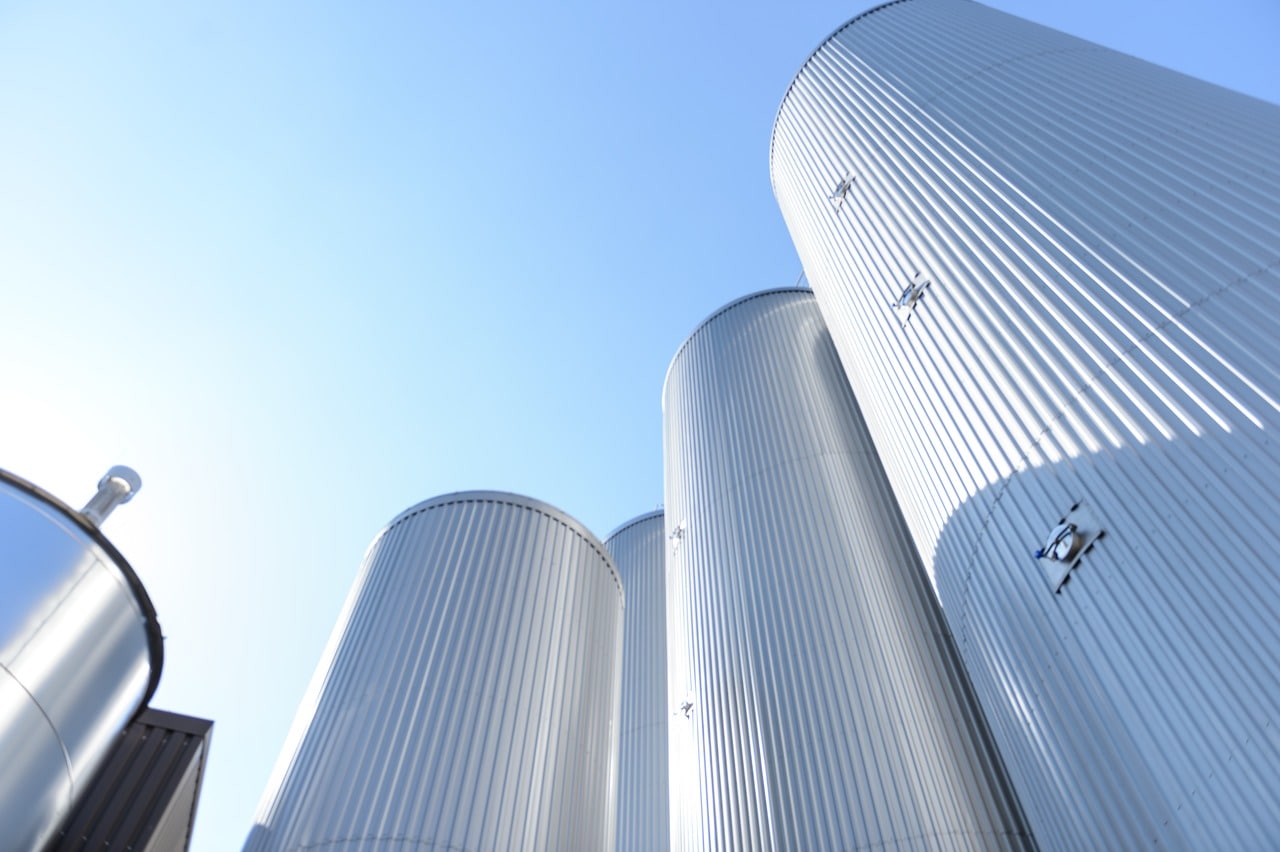
Central filtering-aid management
Krones likewise supplied a new diatomite disposal tank, a carbonation system and a water deaeration system for the filter cellar. The Hydronomic water treatment system consists of a manganese-removal module, an activated-carbon filter and a reverse-osmosis system. These components treat the water extracted from the brewery’s own deep well. Gaffel likewise had a ventilation system installed centrally for the entire brewery, tasked with preventing mould formation. All sections of the brewery are run from two control centres, featuring a redundant Krones Botec F1 system for managing the process. The vector-based, zoomable, graphical interfaces have been designed for intuitive operator control: each employee can configure the individual modules for program control on a screen window at his/her own discretion, using multiple displays (dashboard function).
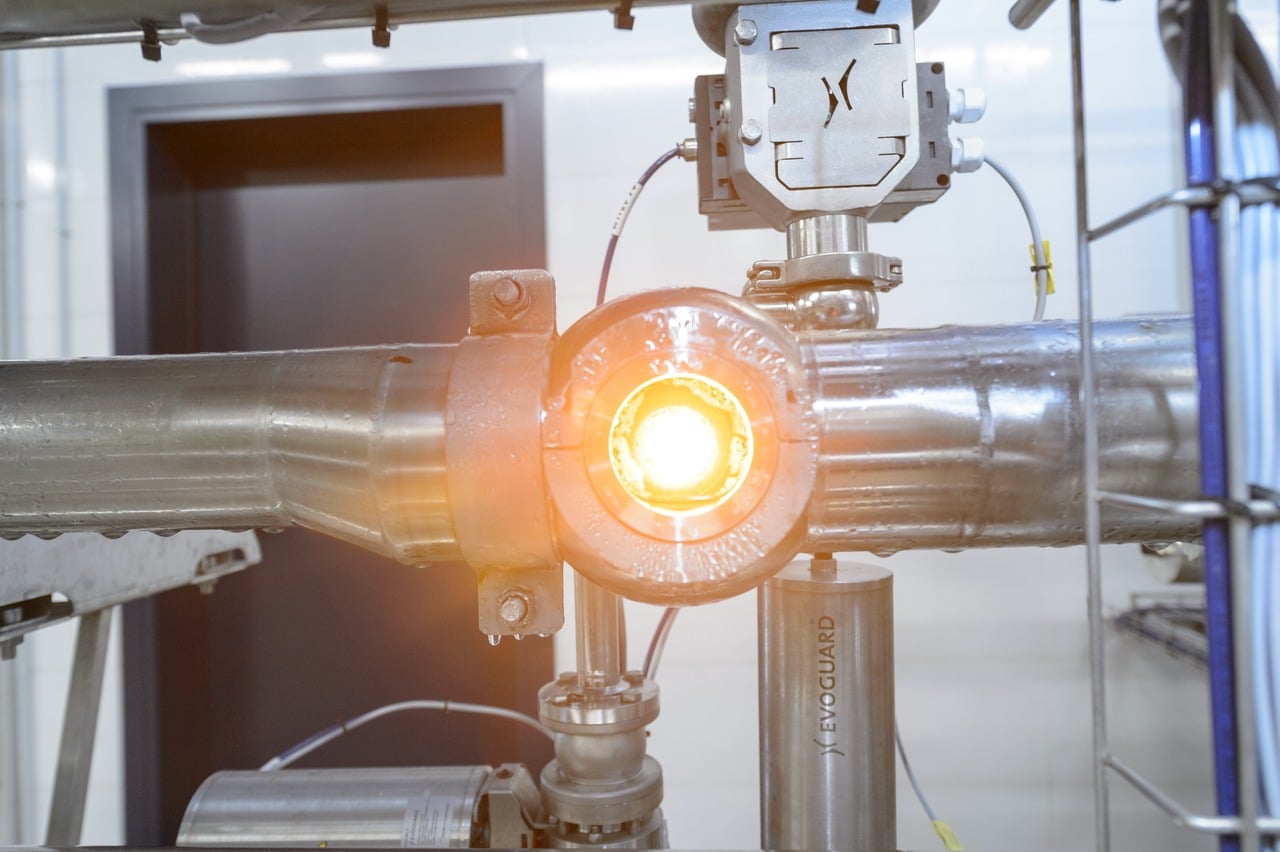
Good cooperation
“Our cooperation with Krones was good and professional, and since a project of this kind does of course also change over time it was important that both sides adopted a flexible stance when it came to any modifications required. Any difficulties cropping up were dealt with satisfactorily for both parties, any differences of opinion equitably resolved. Line erection proceeded on schedule as planned”, explains Reiner Radke.
Wouldn't that be something for you too?
